
Origin/Endemic status: Native
Taxonomy Comments: The named varieties (or subspecies) are intergrading and the characters used to distinguish them do not correlate well. The species is diploid (Nelson, Elisens, & Benish 1998).
Synonymy: = C, FNA17, GW2, K1, K3, K4, Mi, NE, NY, Pa, RAB, Tat, Tn, Va, W; > Chelone chlorantha Pennell & Wherry – S; > Chelone glabra L. ssp. chlorantha (Pennell & Wherry) Pennell – Pennell (1935); > Chelone glabra L. ssp. dilatata (Fernald & Wiegand) Pennell – Pennell (1935); > Chelone glabra L. ssp. elatior (Raf. ) Pennell – Pennell (1935); > Chelone glabra L. ssp. elongata (Pennell & Wherry) Pennell – Pennell (1935); > Chelone glabra L. ssp. ochroleuca (Pennell & Wherry) Pennell – Pennell (1935); > Chelone glabra L. ssp. typica – Pennell (1935); > Chelone glabra L. var. dilatata Fernald & Wiegand – F; > Chelone glabra L. var. elatior Raf. – F, G, S; > Chelone glabra L. var. elongata – F, G, S; > Chelone glabra L. var. glabra – F, G, Il, S; > Chelone glabra L. var. linifolia Coleman – Il; > Chelone glabra L. var. ochroleuca Pennell & Wherry – G, S; > Chelone montana (Raf.) Pennell & Wherry var. elatior (Raf.) Small – S; > Chelone montana (Raf.) Pennell & Wherry var. montana – S
Wetland Indicator Status:
- Atlantic and Gulf Coastal Plain: OBL
- Eastern Mountains and Piedmont: OBL
- Great Plains: OBL
- Midwest: OBL
- Northcentral & Northeast: OBL
Heliophily: 5
Hover over a shape, letter, icon, or arrow on the map for definition or see the legend.
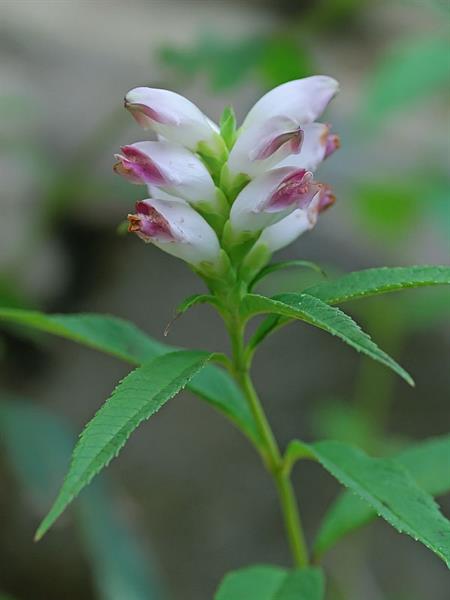 © Gary P. Fleming | Original Image ⭷
© Gary P. Fleming | Original Image ⭷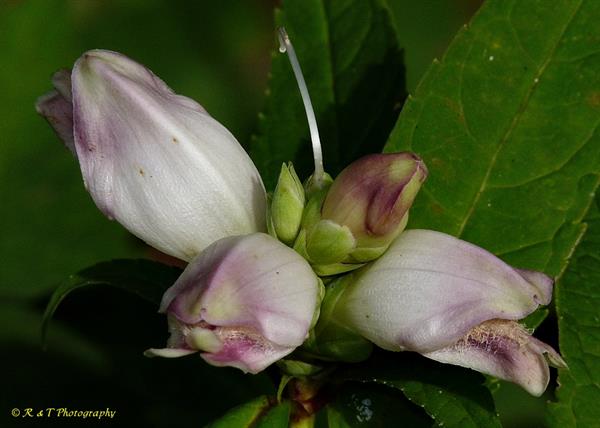 © Richard & Teresa Ware CC-BY-NC, permission granted to NCBG | Original Image ⭷
© Richard & Teresa Ware CC-BY-NC, permission granted to NCBG | Original Image ⭷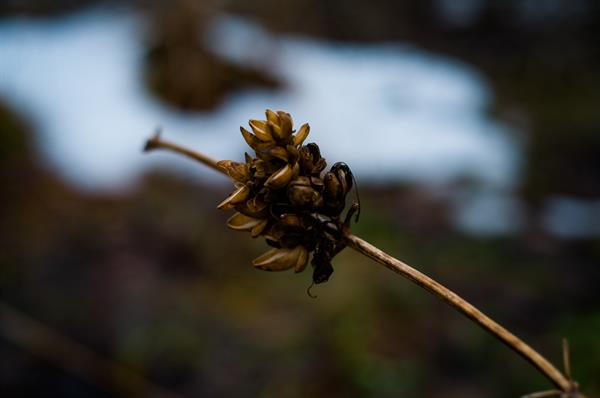 © Erik Danielson source | Original Image ⭷
© Erik Danielson source | Original Image ⭷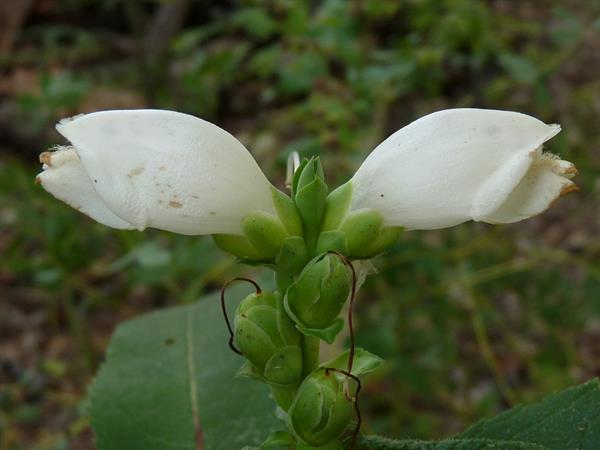 © Richard & Teresa Ware CC-BY-NC, permission granted to NCBG | Original Image ⭷
© Richard & Teresa Ware CC-BY-NC, permission granted to NCBG | Original Image ⭷ © Erik Danielson source | Original Image ⭷
© Erik Danielson source | Original Image ⭷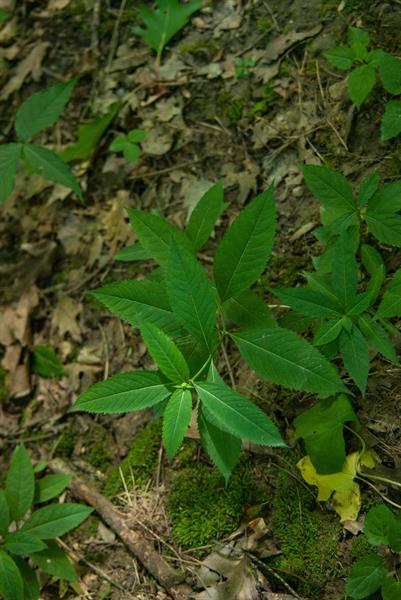 © Erik Danielson source | Original Image ⭷
© Erik Danielson source | Original Image ⭷Feedback
See something wrong or missing on about Chelone glabra? Let us know here: (Please include your name and email if at all complicated so we can clarify if needed.)
Cite as...